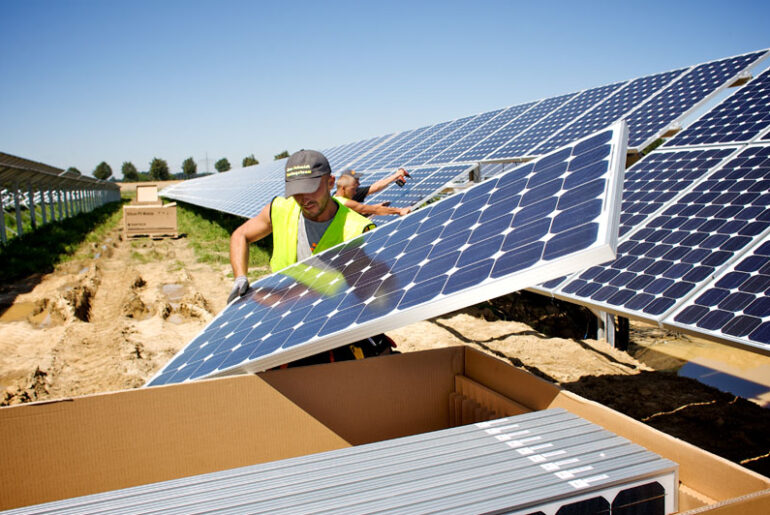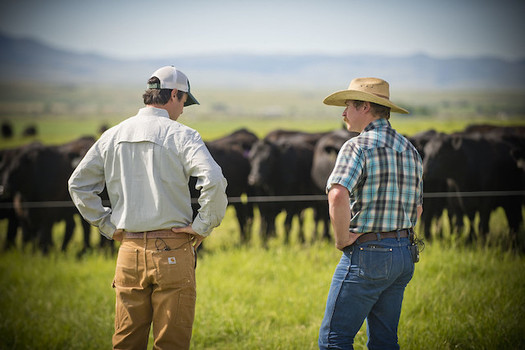U.S. State with the most severe weather
Texas, which is vulnerable to floods, hurricanes, and even winter storms, is considered to be the state with the most extreme weather, according to several estimates, CNBC reports. According to NOAA, it has already been struck by five extreme weather events in 2020, ranging from high winds and hail that also hit a vast area of the Midwest and the Ohio Valley in March, to tornadoes in late May, to (one week later) a south-Texas-only hailstorm that cost $1.2 billion in losses. If you include the years 2015 to 2019, the Lone Star State will have had an additional 20 significant droughts, severe storms, tornadoes, general deluges, and other events. Moreover, Hurricane Harvey in 2017 surpassed Katrina in 2005 as the second-most expensive natural disaster in US history.
Flooding
Flooding has been more frequent than usual in areas that are vulnerable to storms, including the Gulf Coasts of Texas and Florida as well as the region around the Mississippi River. In August 2016, Louisiana suffered unheard-of flooding and rain, with the town of Watson receiving more than 31 inches of rain in 72 hours. The state had losses of close to $11 billion, 50,000 homes were destroyed, 13 people perished, and 13,000 residences were damaged, according to NOAA.
Winter Storms
Since 2015, the Northeast has consistently racked up the most expensive winter storms, at nearly $7 billion in total damages. Massachusetts suffered terribly in 2015 as a result of a significant and catastrophic snowfall in February and a blizzard that caused a state of emergency in 2016. Furthermore, Massachusetts was hit hard by two Nor’easters in 2018.
Droughts
Drought is on the rise in several Southwest and Plains regions, causing massive agricultural losses. California, meanwhile, has suffered significantly over the past five or more years. California entered what would later be regarded as its five-year drought spell in 2012, but according to the U.S. Drought Monitor, the state really experienced its longest drought period, lasting 376 weeks, from December 2011 through March 2019. Throughout those years, other states, such as Oregon, Nevada, Texas, and Arizona, were undoubtedly also impacted. California experienced the worst drought conditions of any affected state in 2015, and by 2016, more than 100 million trees had died from a lack of water.
California continues to be devastated by fatal, destructive fires year after year. The Valley and Butte wildfires cost the state $1 billion in damages in 2015; 44 people died in the fires that tore through the state from summer to fall of 2017; and 106 people died and about 1.7 million acres were burned in the epic fires of 2018. The Kincaid and Saddle River fires inflicted billions of dollars’ worth of damage, even if 2019 wasn’t as fatal. In the West, wildfires are a common occurrence but are becoming more severe and have a longer season due to human-caused climate change.
The risks associated with these natural disasters in California are not likely to decrease anytime soon. That’s why it is important for Californians to be prepared and take steps to protect their property from damage or destruction. Homeowners should consider investing in insurance policies that cover natural disasters and develop an emergency plan to ensure everyone stays safe during an event. Business owners should also be sure to have a disaster response plan and make sure the building is up to code for seismic activity or flooding. With proper preparation, California residents can reduce their risk of suffering from these potential catastrophes.
To keep informed about the latest news on natural disasters, follow reliable sources like the National Weather Service, National Hurricane Center, or local emergency management offices. Additionally, it’s important to stay ready with an emergency kit of supplies in case disaster strikes. No one wants to find themselves in a vulnerable situation when disaster strikes. Being prepared is the best way to stay one step ahead of Mother Nature.




